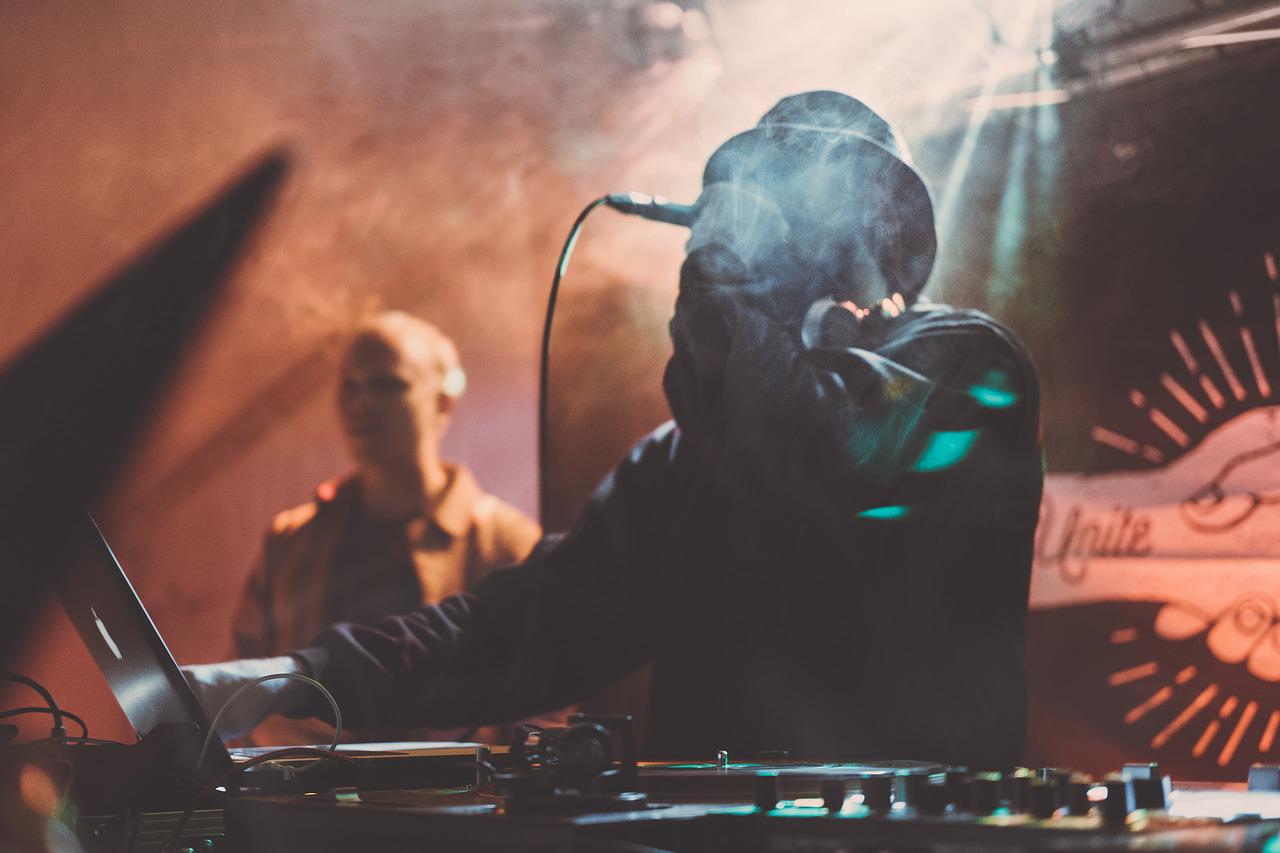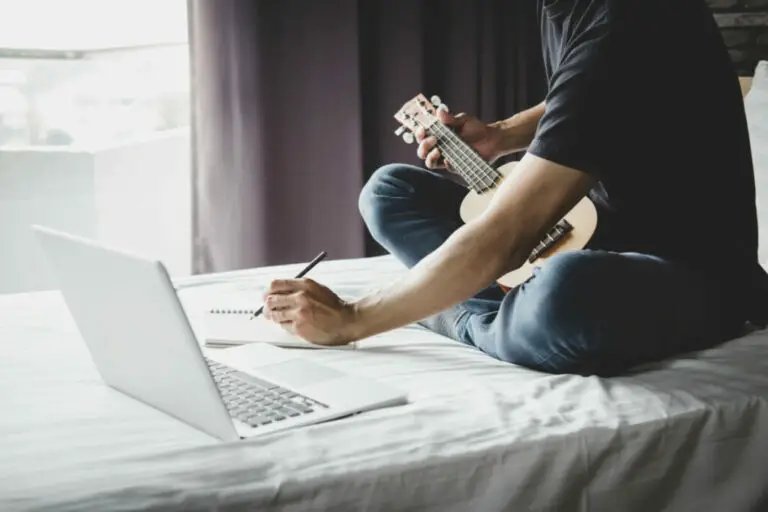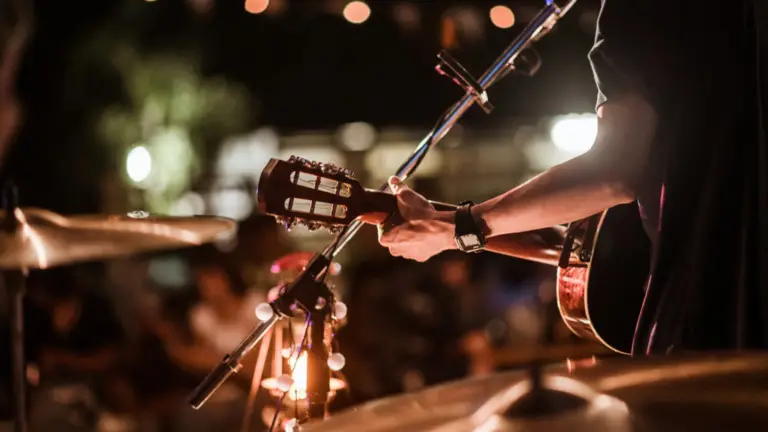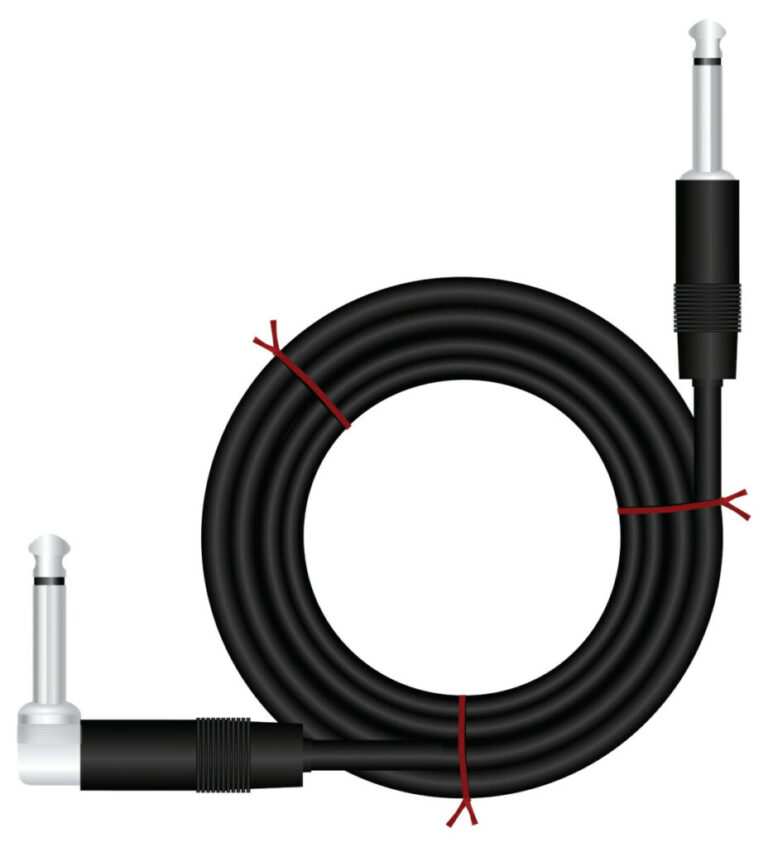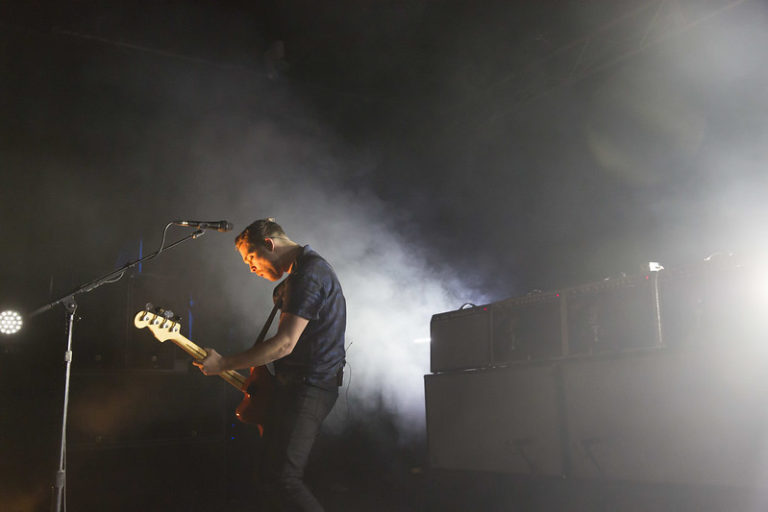Are DJs Musicians? Settling the Debate For Good
DJs have songs created using electronic methods. This chosen medium often leaves many music fans asking the same question: are DJs musicians?
DJs are musically minded and use this knowledge to interweave different sounds and genres into a compelling piece of music. So yes, they are considered musicians.
Electronic music may be one of the leading music genres in pop culture today. It takes more than just a bored teenager to create a song with killer hooks, melodies, and sounds.
Many top DJs and electronic musicians often interweave live sounds into their work or experiment with different styles to create a new musical composition. Below, we will go through details on the DJ vs. musician debate.
How Electronic Music Applies To The Core Elements of Music
DJs themselves need to be musically sound because the genre is an array of musical styles. The amount of reproduced sounds and tools at someone’s disposal is vast.
It only takes a few quick searches to find programs to help with music composition. These programs merge different lines and layers and add synthetic elements to the song.
Electronic music’s nature is to take ideas from other songs and genres to form a new creation. DJs need to be aware of several techniques :
- Multi-tracking
- Sampling
- Electronic aids
These go a long way to ensuring an electronic song is formed by piecing together many parts into one part. Below are some details on each technique:
What is Multi-tracking?
The most critical element of any modern song is multi-tracking. This is the ability to include many different sounds playing simultaneously.
What seems like a complicated sound is a simple feat using any standard music editing software.
Most music programs will give you the option of running multiple lines simultaneously. You can also drop soundbites and clips into different lines – this is multi-tracking.
It’s how Queen achieved the epic vocal battles in the operatic section of “Bohemian Rhapsody.” Daft Punk also does this by dropping robotic lines over vocals. Multi-tracking is essential to all electronic music.
What is Sampling?
You might sample music if you know that a particular riff or vocal is essential for your piece. Sampling is when you take a part and insert it into your original work.
Sampling is in almost every major hit in some way and is a popular tool for beginner and advanced DJs alike. The technique needs copyright clearance for use. Once you overcome that hurdle, it is only a small step towards a significant hit.
Songs like “Levels” by Avicii and “When Love Takes Over” by David Guetta are two Examples.
Electronic aids for today’s DJ
If you want to give live instruments or vocals an added dimension, you can use electronic aids to provide them with a completely digital sound.
Some tools such as vocoders and auto-tune can transform a vocal line. These tools are now an essential element of many hits, even going as far back as Bon Jovi’s “Livin’ On A Prayer.”
Some programs such as synthesizers, sequencers, and pedals can also give off dramatic electronic effects to make live instruments sound computer generated – a technique Daft Punk became masters at throughout their back catalog.
It is by blending these various techniques that help electronic songs storm the charts and turn underground DJs into household superstars.
How DJs Stand Out and Show Their Talents
For most DJs, you can spot the use of a killer hook.
Sometimes, DJs can lift the hook from another piece of music. Other times, it is built of something completely original. The “killer hook” is what makes their music interesting.
Hooks can be visual (like Marshmello’s head), thematic (Celldweller relies on a post-apocalyptic feel), or built of pure talent (DJ Earworm has been around since the 1980s). What I’m saying is that they are no different from other genres.
Having an understanding of music helps. Organic sounds need to sync together to make a song stand out. Otherwise, it will just come across as a jumbled mess.
The digital genius of Eurotrance
Nowhere displays natural organic hooks better than some of the biggest trance hits from Europe’s Eurotrance scene in the 1990s. Some of the biggest hits from this period are instrumental hooks. These became natural earworms with little vocal work.
For instance, take the 1995 song “Children” by Robert Miles is a great example. The Italian DJ uses a simple piano melody to give it a dramatic edge against a simple drum and bass line.
The fact that “Children” features no vocals showcases the power of how DJs use classical instruments to create beautiful music. This song reached number 1 in no less than 12 European countries. Digital hooks can be just as effective as what a live instrument produces.
You probably know this DJ
Think no further than Finnish DJ Darude’s 1999 hit “Sandstorm.” The repetitive, hard-hitting song is legendary. The “every song is Darude, Sandstorm” meme keeps this one alive.
The leading synth hook is broken down as the song drops repetitively. It is a tune that gets the body pumping as soon as it plays. “Sandstorm” became a hit across Europe and America. It is still a keen favorite to be played at any major sporting event every week.
These hooks aren’t by accident. The DJs behind them realized how to utilize the diverse keys at play to form their iconic riffs. This musical ear allows them to turn a simple idea into chart-storming successes.
A DJ’s Natural Talent for Musical Fusion
Electronic music is such a haven for creative minds. It allows a producer or DJ to merge two ideas that most wouldn’t think belonged.
We aren’t just talking about a “mash-up.” Instead, think of a natural fusion into a new being that seems like they connected all along.
It can come in multiple forms. The producer behind it will often use a sample or two to help blend the ideas into a seamless transition – something that you cannot do without a musical ear.
A Great Example of Musical Fusion – Enigma
Fusing two genres together take some skill. It is an art form, mainly if the genres stem from entirely different regions.
This was why the European act Enigma became one of the top electronic acts of 1990. The band took the idea of fusion to a whole new level.
The brains behind the project, Michael Cretu, merged different genres ranging from Gregorian chants to African drums. Enigma’s most diverse song and best example of fusion is the 1993 hit “Return to Innocence,” which blended three completely random genres.
It’s a song that samples ethnic Taiwanese chants for the chorus against a Led Zeppelin drum beat. It also had vocals more suited to a 90s bubblegum pop song.
As individual elements, they seem a strange combination. Still, Cretu shaped them into a hit that reached number three in the UK and became one of the main anthems of the 1996 Olympics in Atlanta.
How DJs Manage the Core Elements of Music
Samples aren’t the only way DJs can bring fusion into their electronic arsenal. Following the fundamental structures of music can give off the same impression.
It’s becoming more and more common in electronic music as DJs look to find ways to diversify themselves from their rivals. A great example of this is American DJ Porter Robinson. The DJ has found success by embracing musical principles from Japanese folk songs.
Despite the songs being completely original compositions, it is easy to hear the Japanese influence in hit singles such as “Something Comforting” and “Sad Machine.” Even as the songs adapt to a modern, Western style, you can hear them.
The result works as a good mainstream pop song while appealing to the chill trance scene. Any subsection of the electronic industry can enjoy it.
Taking on world music and twisting it into your sound takes much musical understanding. To do this successfully shows why many DJs are considered musicians.
DJs and Using Live Sounds
As much as electronic music thrives off programming and synthetic notions, live instruments also have a place here. DJs subtly introduce live instrumentation to give their work a fuller sound or add to its overall ambiance.
Other times, the inclusion is anything but subtle and forms the piece’s core identity. Thanks to the live sounds floating to the surface, the combined sound can become a standout piece.
Daft Punk’s use of Live Instruments
Daft {iml has changed the shape of electronic music in recent years. The French duo has a unique sound but lets it flow into the works of countless others. What made Daft Punk’s work unique is that they often took live sounds and made them a big part of their songs to give off a huge sound.
Take a look at their 2001 hit “Aerodynamic.” The song is built around a huge live guitar riff that sounds like it is plucked straight from a metal song.
The riff was recorded live before it was inserted into the song. It became a tonal change when it kicks in halfway through the piece – outshining the accompanying electronic samples, beats, and loops. They would take the concept to another level in their 2013 album “Random Access Memories,” featuring almost all live instrumentation.
With live bass, guitar, and drum parts, the songs are then coated with electronic elements to create a sound that half replicates 1970s Motown with 2010s electronica.
“Get Lucky” topped the charts in 22 countries across four different continents. The album itself went platinum in both the US and much of Europe.
Having been bandmates with several members of the top French indie band Phoenix before forming Daft Punk, the duo proved another reason why DJs are considered musicians in all forms.
How DJs Show Their Talent in the Live Environment
Creating songs in the studio is crucial for DJs. It is also essential to have the ability to replicate it in a live format for people to enjoy.
Of course, some DJs can do this by spinning some turntables in a club. However, the very best need to bring their creations to the stage itself.
Zedd’s Example of Live DJing in Action
It is becoming increasingly common in modern electronic music to find DJs performing their songs live. This work in front of crowds gives them a completely different feel.
One of the masters of doing this is Russian DJ Zedd. The DJ was (and is) one of the biggest electronic music producers of the 2010s and 2020s. What gives Zedd a considerable advantage over some of their rivals is performing them live – most often acoustically.
It is increasingly common for Zedd to perform using a piano to reproduce the melodies with a live vocalist. Some of his biggest hits, such as “Clarity” and “Stay,” stood out. They were performed on American network shows with piano showcasing just how diverse his musical skillset is.
This is the most significant indicator that the best DJs today are skilled musicians who hide behind a laptop to create summer smash hits.
How DJs Blend Live with Electronic
Of course, some acts look to perform with electronic and live instruments. This combination gives their shows an edge that isn’t found anywhere else.
A great example of this is the British group Clean Bandit. The band has turned themselves into leaders in the electronic scene, having once been classical performers.
Clean Bandit has been successful because they have electronic elements alongside live drums, piano, and cello. Each instrument’s crisp and clear tones still sound just as strong on stage as they do on the recordings.
Some of the band’s biggest hits, such as “Rather Be” and “Symphony,” are best performed in front of large crowds. Many have stormed to the top of the charts.
Conclusion – Are DJs Musicians?
While it is easy for casual music fans to write off DJs as nerds playing with sounds – DJs are musicians. DJs need vast musical knowledge to ensure they can create a hit from so many different elements.
DJs create hooks without vocals or integrate world music into mainstream pop. The skill to make such big hits from different sources is something only a virtuoso can do.
Even without stretching the limits, it takes a solid musical mind to find a balance between live and electronic instruments. DJs learn how they combine to create exciting smash hits and deliver live performances. Many are self-taught.
DJs often have more musical training than most in the industry and provide a compelling reason why their peers respect them, especially when someone asks if DJs are considered musicians.

